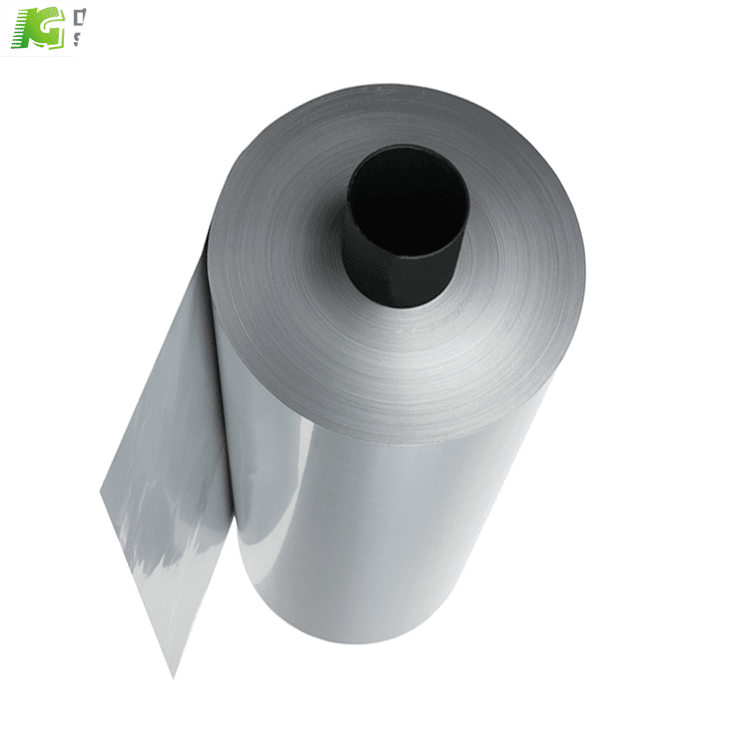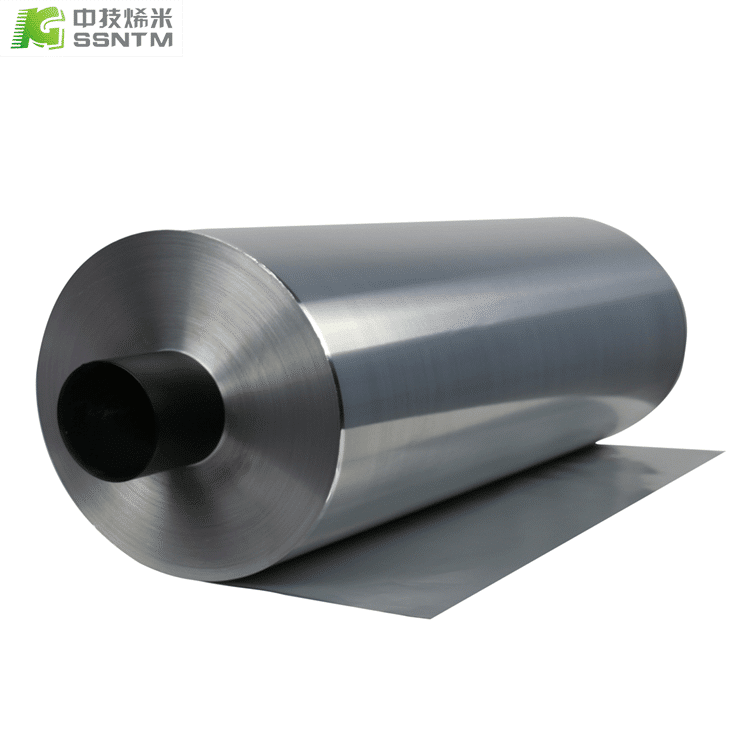Aluminum foil is a thin, versatile metal material that is used in a wide range of applications. It is classified based on its thickness, alloy, and surface characteristics.
1. Thickness: Aluminum foil can be classified based on its thickness. The most commonly used thicknesses are 0.016 mm, 0.02 mm, 0.025 mm, 0.03 mm, and 0.04 mm.
2. Alloy: Aluminum foil can also be classified based on the type of alloy used. The most commonly used alloys for aluminum foil are 1100, 1145, 1235, 3003, and 8011.
3. Surface characteristics: Aluminum foil can be classified based on its surface characteristics. Some of the common types of surface finishes include bright, matte, and satin.

Features of aluminum foil include:
1. Lightweight: Aluminum foil is a lightweight material, making it easy to handle and transport.
2. Durable: Despite being thin, aluminum foil is durable and resistant to tearing and punctures.
3. Heat-resistant: Aluminum foil can withstand high temperatures without melting or catching fire.
4. Non-toxic: Aluminum foil is non-toxic and safe for use with food products.
5. Moisture-resistant: Aluminum foil is moisture-resistant, making it ideal for packaging products that need to be protected from moisture.
6. Reflective: Aluminum foil has a reflective surface, which makes it useful for insulation and reflecting heat.
7. Recyclable: Aluminum foil is a highly recyclable material, making it an eco-friendly choice for many applications.


